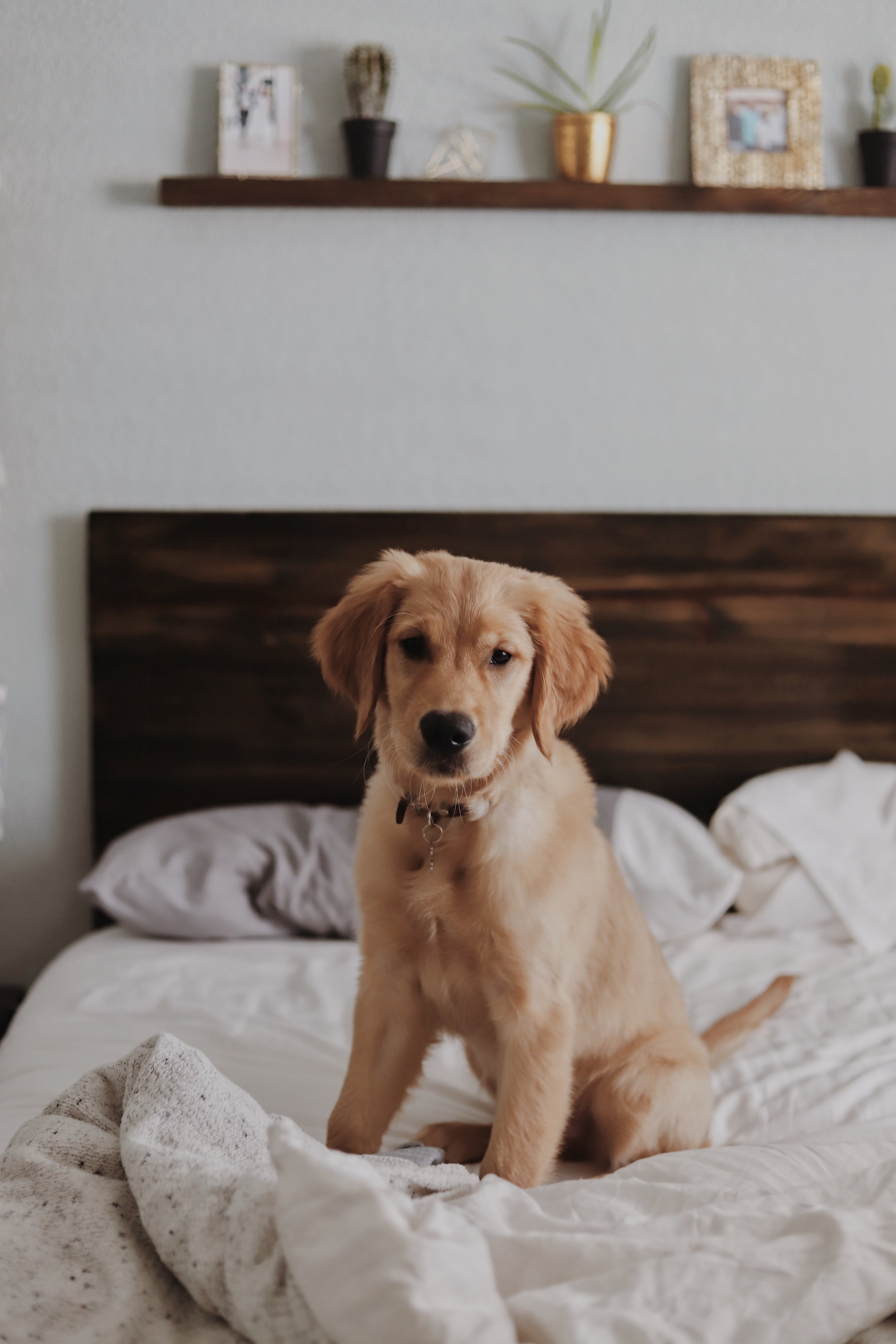Pet-friendly features, vet proximity, and private outdoor spaces are just a few of the real estate trends that prove pets are making a big impact on how buyers choose their next home.
People in the U.S. spent $103.6 billion on their pets in 2020, according to the American Pet Products Association. While that number includes things like food, toys, and veterinary care, it does not include one major source of pet-influenced spending: new home purchases. Report after report shows pet owners are buying homes with their furry friends in mind.
According to a 2020 report on pets and real estate by the National Association of Realtors (NAR), 1% of homebuyers made their purchase for a better home for their pet. And a 2021 study by the NAR found that 43% of people would be willing to move to better accommodate their pets.
But pets are influencing more than just the motivation to purchase; they’re also shaping decisions on everything from the style of the house to its location. And they’re impacting sale prices and the home-buying process, too. Research by Zillow and Rover found pet owners will spend more and act more quickly to get pet-friendly features. For example, 84% of dog owners would be willing to pay more to get a home with a doggy door or close proximity to a dog park.
So what’s driving these pet-friendly home purchases? Zillow’s 2021 Consumer Housing Trends Report found that 73% of homebuyers report having at least one pet at home—up from 64% in 2020. Meanwhile, Petco estimates more than 3 million new pets entered U.S. homes during the first year of the COVID-19 pandemic.
The NAR cites the surge in pet adoptions during the pandemic as a major motivating factor behind pet owners looking to move. Many are looking for homes with more space as people continue to stay in and work from home alongside pets. Zillow’s research suggests those with at least one pet are more likely to buy larger homes: 36% of buyers with a pet purchased a home with 4+ bedrooms, compared to 24% of buyers without pets.
Renters are also looking for more pet-friendly accommodations. “The rental market severely restricts pets—if they allow them at all,” says Randall Graves, a realtor with Better Homes & Gardens Real Estate Main Street Properties. Renting often limits the type, number, and size of pets. “Many times purchasing a home is the best option for pet owners,” says Graves. The NAR reported 68% of their clients said animal policies influenced their decision to rent or buy in a particular community.
1. Proximity to pet amenities is attractive.
In addition to considering school districts or commute times, pet owners are looking at proximity to key services and activities for Fido when making home purchases. “Nearby dog parks are a huge factor in many pet owners’ choice of neighborhoods,” says Kelly Hatchett, a realtor with Better Homes & Gardens Real Estate Journey.
Similarly, Hatchett notes the appeal of a doggy daycare en route to work or a nearby vet, particularly for aging pets. Research published by the NAR in 2020 reported 18% of recent homebuyers said it was very important that a vet and/or outdoor space for their pet be close to their neighborhood.
2. Pet-friendly neighborhood culture is a bonus.
Pet owners are looking for like-minded neighbors, too. A recent study by the NAR found that 29% of young millennial buyers (likely first-time) picked their neighborhood with their pet in mind. Buyers are noticing people walking dogs around the block and looking for cats sitting in windows. “It gives them a sense that the neighborhood will be right for their family—both human and furry members,” says Hatchett.
And Graves says interest in pet-friendly neighborhoods extends beyond just a buyer’s street. “I get asked a lot about the local dog-friendly restaurants and bars,” he says, noting interest in “yappy hours.”
3. Outdoor spaces are especially desirable.
Zillow’s 2021 pet research suggests private outdoor space is more important to homebuyers with pets than those without (73% compared to 65% of those surveyed). Appealing features include large, fenced-in yards, shade for pets to stay cool, and non-toxic landscaping. These outdoor features can translate to big rewards for sellers: Zillow and Rover research noted listings with a doghouse often sold for more than expected, and homes with a fenced yard sold five times faster than expected.
And it’s not just a grassy spot for dogs to play. Destiny Anderson, a realtor with Better Homes & Gardens Real Estate Fine Living, says there’s also interest in space for outdoor animals. “One couple I am working with wanted more land for their goats,” says Anderson. “Around here, a lot of people are looking for at least an acre of land so they can have outdoor animals.”
4. Pet-specific interior features are the norm.
Buyers are looking for designated indoor spaces and features for their pets, including doggy doors, mudrooms designed for canines, sunrooms and enclosed porches for cats, and windows that allow all animals to watch the world outside. “As so-called pet parents, we want to give them things to make their lives great, too, as they give so much back to us!” says Carolyn Donaldson, a broker at Better Homes & Gardens Real Estate Realty Partners.
Stairs are one interior feature receiving particular attention. “I had clients who would only look at homes with a master bedroom on the ground floor,” says Hatchett. “They had two elderly dogs with arthritis who slept in their room at night, and they didn’t want them to have to deal with going up and down stairs.” A homeowner’s ability to traverse stairs can also be a factor. “As a baby boomer, if any emergency vet situations come up, it could be a huge problem getting them downstairs,” says Donaldson.
Pets are impacting design details as well. According to the NAR, pet-friendly flooring, grooming and washing areas, custom built-ins for litter boxes, pet supply storage, feeding stations, and pet beds are all grabbing the attention of home-buying pet owners. And Zillow predicts we’ll see even more of these features in 2022.
Keep reading on Apple News.

